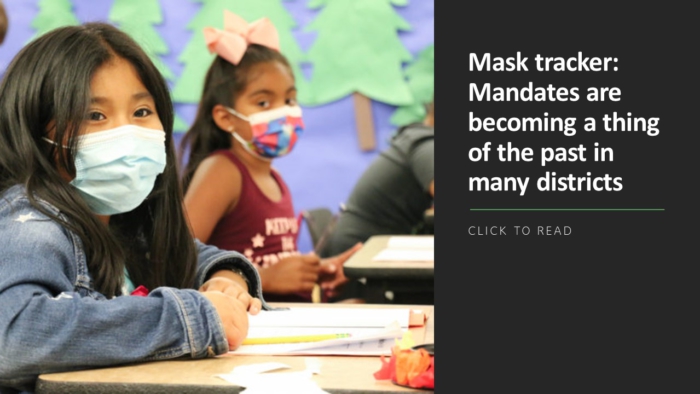Teachers aren’t the only things schools are in need of this school year. Districts are also scrambling to hire more bus drivers—and some schools are getting creative to work around this crisis.
Oregon’s Beaverton School District increased their drivers’ base pay to $23.39. For comparison, a 2019 report from School Bus Fleet found that the national average hourly pay for bus drivers was $16.67. Each year, Beaverton’s drivers’ hourly pay will increase, eventually capping out at nearly $30 an hour.
Buffalo Public Schools in New York is considering paying parents to drive their children to school rather than having them ride the bus. The district proposed reimbursing parents 58.5 cents per mile.
Mitch Bowling, CEO of Everdriven, a pioneer in alternative student transportation, says there are five systemic shifts that have contributed to an increasing need for expanding transportation options. The first shift he addresses is the expansion of school choice. “More parents have school choice than ever before,” says Bowling. “That creates a need for students to go out of the district. That’s much for efficiently done through an alternative transportation provider.”
He also says there is an increasing number of students who are homeless or displaced.
“One of the challenges is those students are sometimes aren’t consistently in the same place, unfortunately for them,” says Bowling. “We have to adapt to that change and work with that student when they need a change of venue.”
More from DA: Should districts brace for a recession? A heads-up for leaders
Thirdly, he adds that the population of students with special needs is growing faster than the general education population of students, thus enhancing the importance of offering various solutions for transportation.
Then there is the impact the pandemic has had on the bus shortage. “After COVID, there’s been more of a school bus shortage than prior to COVID,” he says. “After COVID, we saw enormous growth in the company and the need for our services.”
Lastly, states are adjusting their alternative transportation requirements for schools, which opens up more challenges and opportunities for districts. He says they’re requiring special needs students to have transportation services that are on par with general education students.
Despite the state of the economy and driver shortages, he says alternative transportation will continue to be an important issue, especially to be able to adequately serve students with special needs.
“With the economy hopefully recovering, that still doesn’t change the fact that the special needs population continues to grow,” says Bowling.









